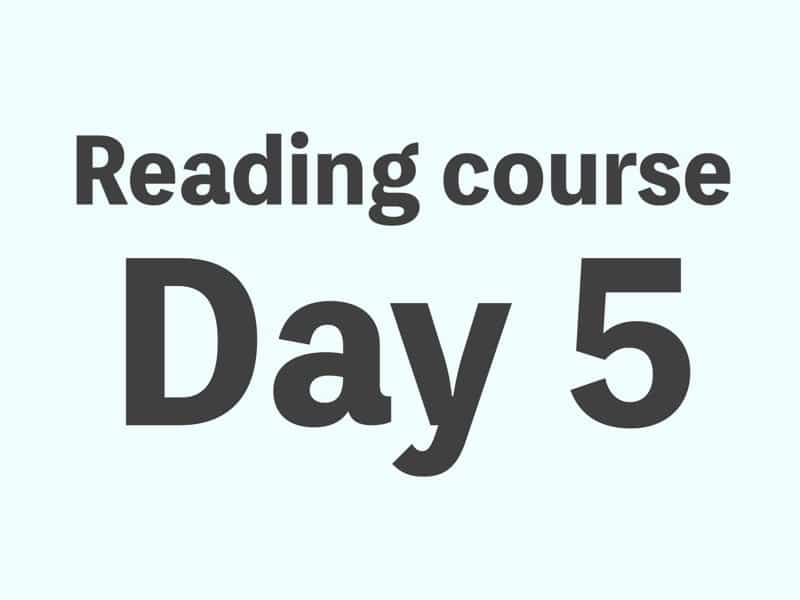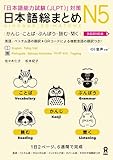Welcome to Day 5 of the Intensive Japanese Reading Challenge! If you’re preparing for the N5 level or just starting your Japanese journey, this challenge is perfect for you. Today, we’ll dive into simple yet practical reading exercises to strengthen your vocabulary, grammar, and comprehension skills. Let’s get started and make learning Japanese fun and rewarding!
I know not many people can afford going to Japanese language schools or taking online lessons, so I am here to help! Kindly subscribe to my YouTube channel and like my videos – that’s all I ask!
JLPT Textbook Recommendations
Reading
Check the previous lesson.
毎朝7時に起きます。月曜日から金曜日まで会社で働きます。
毎朝うちでコーヒーを飲みます。それから、朝ごはんを食べます。
毎日車で一人で会社へ行きます。仕事は9時から5時までです。
同僚とレストランで昼ごはんを食べます。夜、うちで映画をみます。
土曜日と日曜日は休みです。今週の土曜日は、モールで友達に会います。
それから、日本のレストランで友達とラーメンを食べます。
それから、モールでプレゼントを買います。
日曜日は、先生と10時から11時まで日本語を勉強します。
それから、スーパーへ行きます。スーパーで食べ物を買います。
ひらがな
まいあさ7じにおきます。げつようびからきんようびまでかいしゃではたらきます。
まいあさうちでコーヒーをのみます。それから、あさごはんをたべます。
まいにちくるまでひとりでかいしゃへいきます。しごとは9じから5じまでです。
どうりょうとレストランでひるごはんをたべます。よる、うちでえいがをみます。
どようびとにちようびはやすみです。こんしゅうのどようびは、モールでともだちにあいます。
それから、にほんのレストランでともだちとラーメンをたべます。
それから、モールでプレゼントをかいます。
にちようびは、せんせいと10じから11じまでにほんごをべんきょうします。
それから、スーパーへいきます。スーパーでたべものをかいます。
Romaji
maiasa 7 ji ni okimasu. getsuyōbi kara kinyōbi made kaisha de hatarakimasu.
maiasa uchi de kōhī o nomimasu. sorekara, asa gohan o tabemasu.
mainichi kuruma de hitori de kaisha e ikimasu. shigoto wa 9 ji kara 5 ji made desu.
dōryō to resutoran de hiru gohan o tabemasu. yoru, uchi de eiga o mimasu.
doyōbi to nichiyōbi wa yasumi desu. konshū no doyōbi wa, mōru de tomodachi ni aimasu.
sorekara, nihon no resutoran de tomodachi to rāmen o tabemasu.
sorekara, mōru de purezento o kaimasu.
nichiyōbi wa, sensei to 10 ji kara 11 ji made nihongo o benkyō shimasu.
sorekara, sūpā e ikimasu. sūpā de tabemono o kaimasu.
English
I wake up at 7 a.m. every morning. From Monday to Friday, I work at the office.
Every morning, I drink coffee at home. After that, I have breakfast.
I go to work by car alone every day. My work is from 9 a.m. to 5 p.m.
I have lunch with my colleagues at a restaurant. In the evening, I watch a movie at home.
I have Saturday and Sunday off. This Saturday, I will meet a friend at the mall.
After that, I will eat ramen with my friend at a Japanese restaurant.
Then, I will buy a present at the mall.
On Sunday, I will study Japanese with my teacher from 10 a.m. to 11 a.m.
After that, I will go to the supermarket. I will buy food at the supermarket.”
Key Grammar Points
★ Place で (de)
The particle で is used to indicate the place where an action takes place. It shows where an action is happening, such as “at,” “in,” or “on” in English. It is often used with verbs that describe an activity or movement.
★ それから (sorekara)
それから is a conjunction that means “after that,” “then,” or “next.” It is used to connect actions or events in a sequence, showing that one thing happens after another.
★ の (no)
の can be used to show possession, similar to the English apostrophe “s” or “of.”







コメント